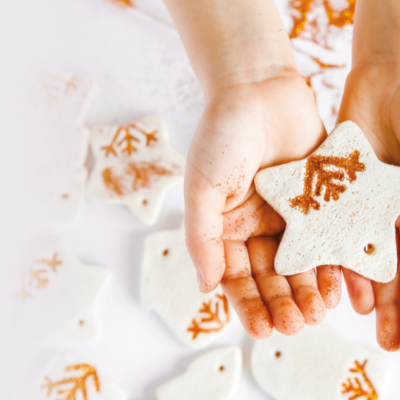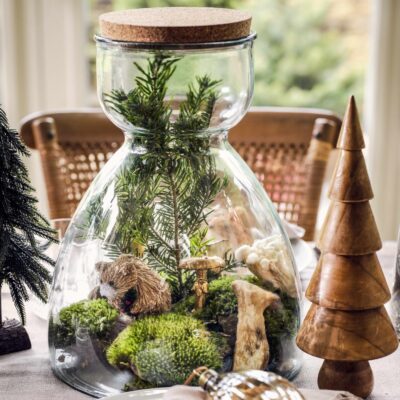
Christmas Around the World
by Colne Life magazine
Christmas is a time for love, giving, and togetherness. Whether gifts, meals, or decorations, it’s a time of celebration, reflection, and goodwill towards all.
All countries celebrate Christmas differently, acknowledging their traditions and customs; here’s a glimpse into how some countries celebrate the Yuletide season.
1 FRANCE

‘Noël’ nativity scenes, called ‘crèches’, are displayed in churches and homes. A unique tradition in the region of Provence is the ‘Santons’ handcrafted clay figurines used in nativity scenes. The French also enjoy a festive meal on Christmas Eve called ‘Le Réveillon,’ featuring dishes like foie gras, oysters, and various sweets. Children look forward to receiving gifts from Père Noël, the French Santa Claus.
2 GERMANY
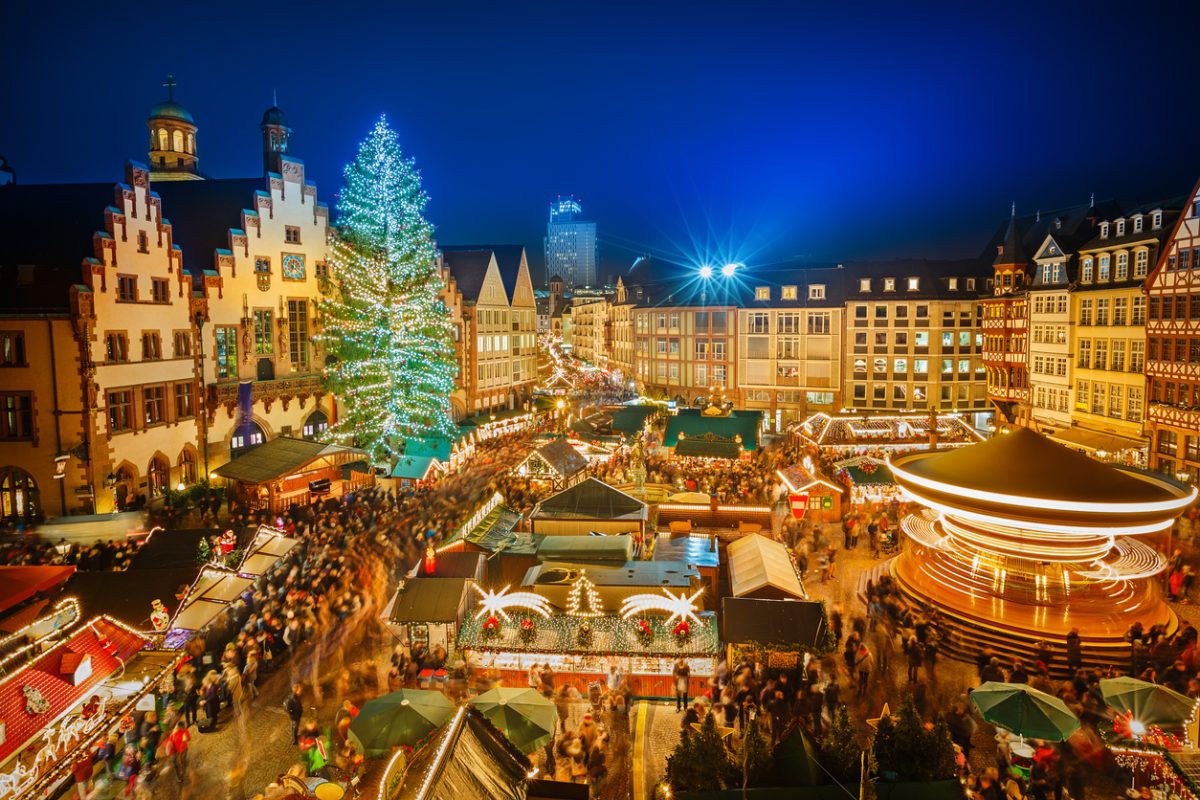
Traditional Christmas market. Frankfurt, Germany
Famous for its Christmas markets, Germany hosts a wealth of stalls where visitors can shop for handcrafted ornaments, toys, and traditional treats like bratwurst and mulled wine. The Christmas tree, or ‘Tannenbaum,’ is a cherished tradition believed to have originated in Germany. Advent calendars are used to count down to Christmas. St. Nicholas, or ‘Nikolaus,’ brings gifts to children on December 6th, and Christkind, a child-like angel, is the traditional gift-bringer on Christmas Eve.
3 ITALY

Italy has a unique Christmas tradition called ‘La Befana.’ According to folklore, La Befana is a kind witch who delivers gifts to children on the night of January 5th, the eve of Epiphany. Italian families also enjoy a festive meal on Christmas Eve called the ‘Feast of the Seven Fishes,’ featuring a variety of seafood dishes. Nativity scenes, or ‘Presepe,’ taken from the Latin word ‘manger’, are set up on December 8th, along with all the other Christmas decorations. Still, traditionally, the baby Jesus is not introduced into the crib until Christmas Eve. The ‘Presepe’ stays until ‘Epiphany’ on the 6th of January.
4 SPAIN

Spanish Christmas celebrations are marked by a unique tradition called ‘La Nochebuen’, celebrated on Christmas Eve. Families gather for a late-night feast, often featuring roast lamb, seafood, and traditional sweets like turron. Nativity scenes, known as ‘belénes,’ are displayed in homes and churches. The Christmas season continues through January 6th, known as ‘El Día de los Reyes’ or Three Kings’ Day, when children receive gifts from the Three Wise Men.
5 SWEDEN
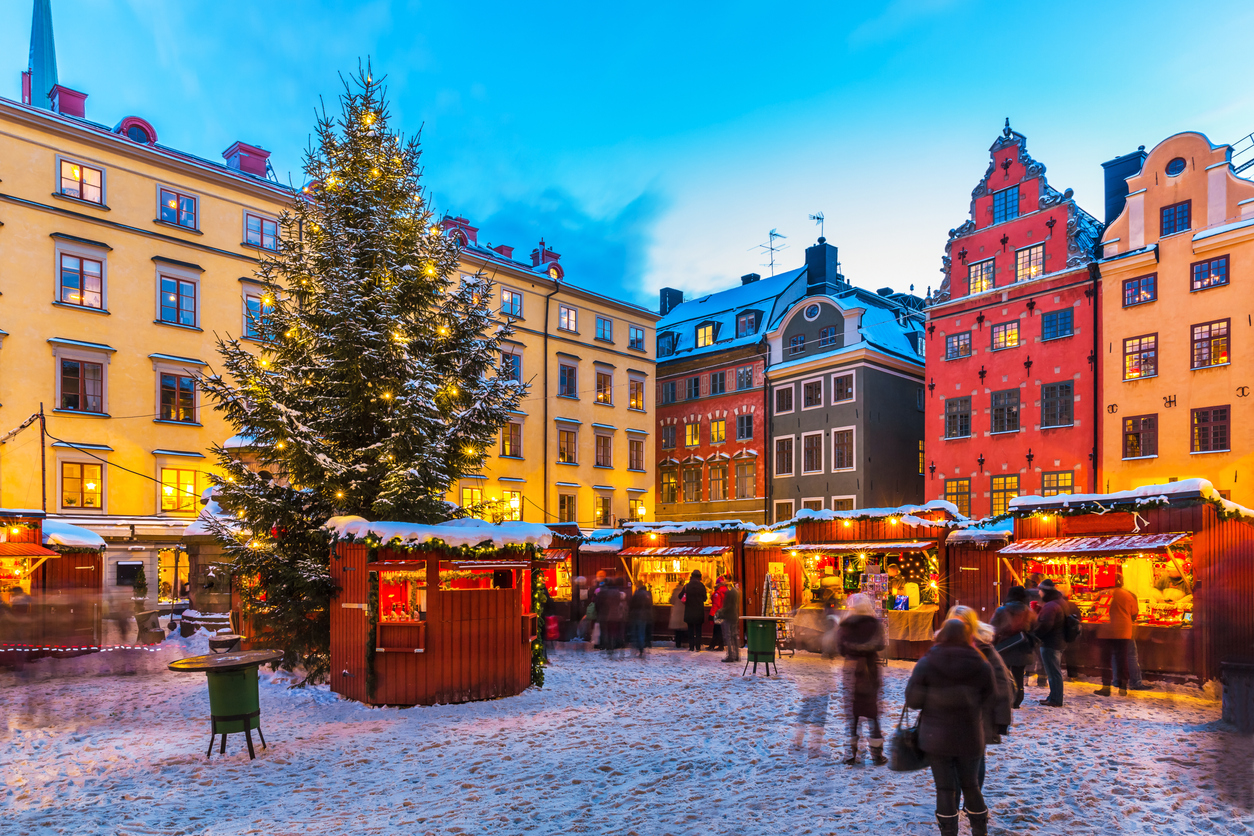
St. Lucia’s Day, celebrated on December 13th, marks the beginning of the Christmas season in Sweden. A young girl is chosen to portray St. Lucia, wearing a white robe and a crown of candles. She leads a procession of children, each holding a candle while singing traditional songs. Families observe St. Lucia’s Day in their homes by having one of their daughters (traditionally the eldest) dress in white and serve coffee and baked goods, such as saffron bread (lussekatter) and ginger biscuits, to the other family members.
6 NORWAY
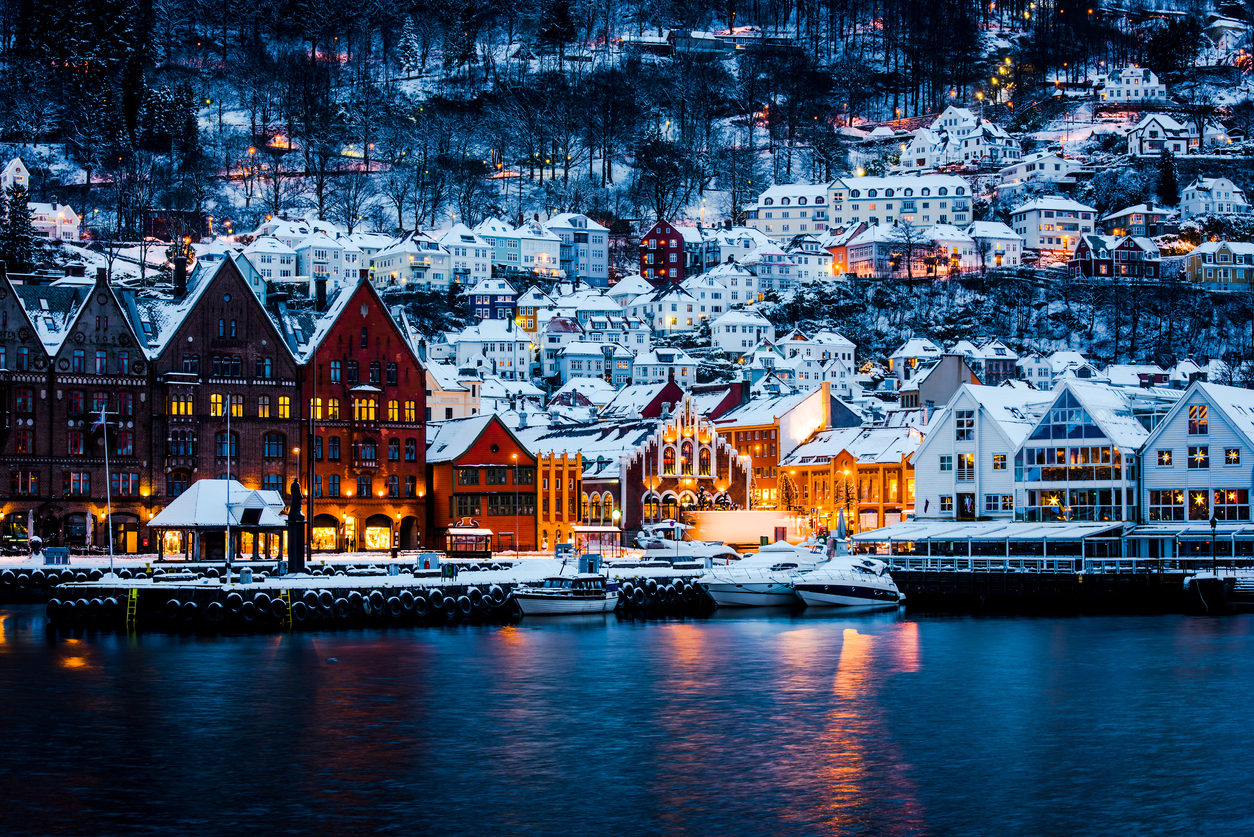
In Norway, the holiday season is known as ‘Jul.’ Traditional Christmas dishes include lutefisk (dried fish) and ribbe (pork ribs). On Christmas Eve, people attend church services, and children look forward to the arrival of Julenissen, the Norwegian Santa Claus. Norwegians also have a tradition of hiding brooms on Christmas Eve to ward off evil spirits.
7 RUSSIA
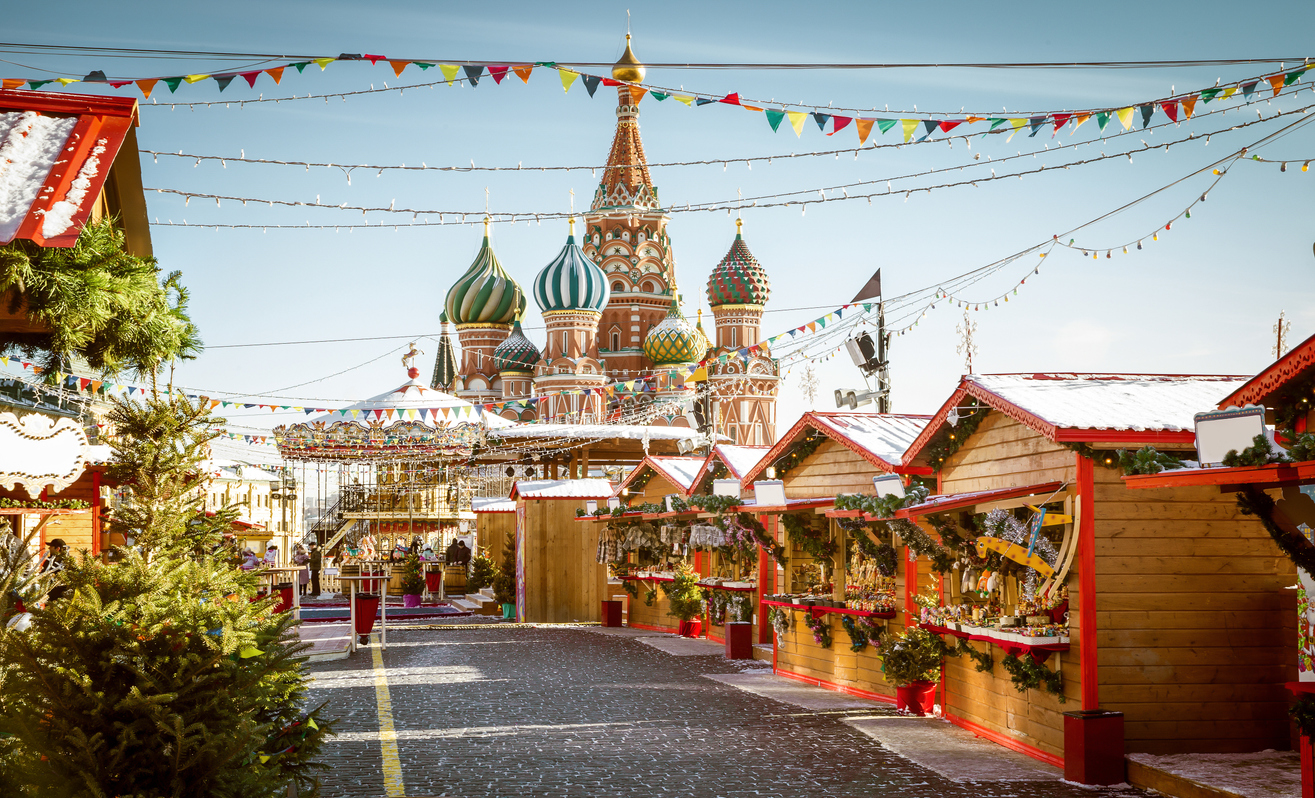
Orthodox Christmas is celebrated on January 7th in Russia, following the Julian calendar. Elaborate church services, festive meals, and the singing of carols mark the holiday. Grandfather Frost, or ‘Ded Moroz’, is the Russian equivalent of Santa Claus. Unlike the rather rotund Western Santa of the West, Ded Moroz is slender with a wizard-like flowing beard and wears a long robe in different colours, such as blue and white. Snegurochka, his granddaughter, often accompanies him, delivering gifts to children on New Year’s Eve.
8 JAPAN

Christmas is not a religious holiday in Japan but is widely celebrated as a secular event. Christmas lights and decorations adorn cities, and families exchange gifts. A popular Christmas tradition is eating KFC (Kentucky Fried Chicken) on Christmas Eve, thanks to a successful marketing campaign in the 1970s that associated KFC with Christmas.
9 MEXICO

In Mexico, Christmas is a colourful and vibrant celebration. The ‘Posadas’ are a series of reenactments of Mary and Joseph’s search for lodging, held over nine nights before Christmas Eve. Piñatas, filled with candies and fruits, are broken during these celebrations. A late-night ‘La Nochebuena’ feast on Christmas Eve features traditional dishes like tamales and bacalao (salted cod). The holiday season culminates on January 6th with the celebration of Epiphany, known as ‘Día de los Reyes,’ when children receive gifts from the Three Wise Men.
10 ETHIOPIA
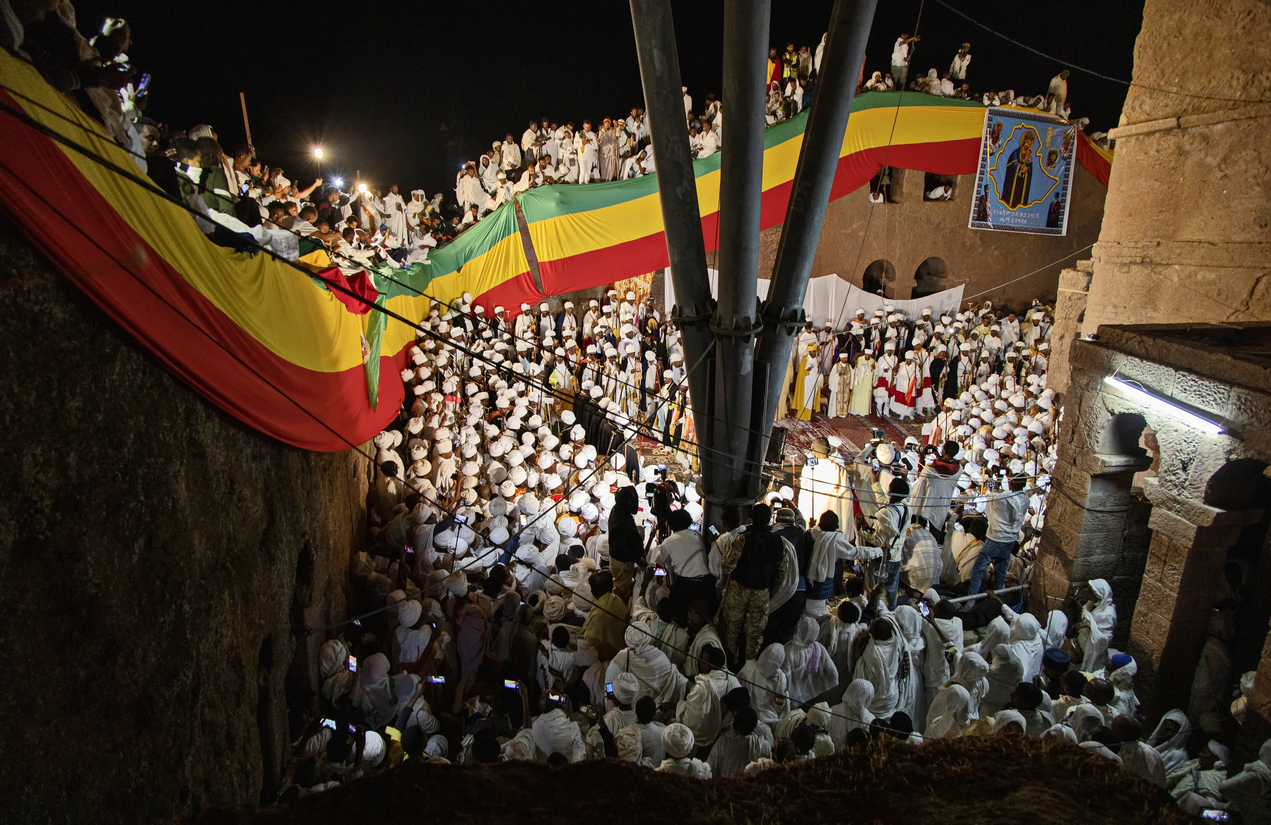
Christmas is known as ‘Genna’ in Ethiopia and is celebrated on January 7th, following the Ethiopian Orthodox calendar. Colourful processions, church services, and traditional songs and dances mark the holiday. On Christmas Eve, people dress in a thin white cotton garment called netela and attend an overnight church service, usually starting around 6 p.m. and finishing at 3 a.m. People line up surrounding a church and begin a long, looping procession around the circumference of the church.
Northern Life Nov/Dec 23


